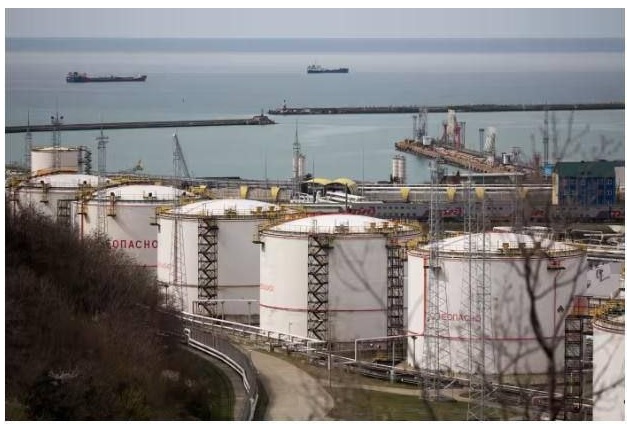A Rosneft, Gazprom Neft, and Lukoil merger could reshape global oil markets and strengthen Russia’s economic power.
Russia’s Bold Plan for a Mega Oil Company
Russia is considering merging three major oil companies into a single powerhouse. The Wall Street Journal reports that Rosneft, Gazprom Neft, and Lukoil could combine to create the world’s second-largest oil producer. This merged entity would rival Saudi Aramco and produce nearly three times as much oil as Exxon Mobil.
The Companies Involved
The proposed plan would allow Rosneft, Russia’s state-owned oil giant, to absorb Gazprom Neft, a Gazprom subsidiary, and Lukoil, Russia’s biggest private oil company. Lukoil’s trading unit, Litasco, based in Dubai, would manage international sales for the combined output, streamlining Russia’s global oil trade.

Benefits of the Mega Merger
The merger could give Russia significant power in global energy markets. This new oil giant could demand higher prices from major buyers, including India and China. Russia could also better resist Western sanctions, which have limited its oil exports, delayed new projects, and blocked payments. Advocates of the plan claim that merging these companies would increase profits and improve efficiency.
Obstacles and Opposition
Not everyone supports the merger. Some managers in Rosneft and Lukoil reportedly oppose the idea, fearing loss of control and independence. Financing the merger also poses challenges. Russia must find a way to pay out Lukoil’s shareholders, including Vagit Alekperov, its largest shareholder, who remains a powerful figure despite stepping down from management after Russia’s invasion of Ukraine.
If Russia moves forward with this merger, global oil dynamics could shift significantly. A combined Rosneft, Gazprom Neft, and Lukoil could challenge Western countries’ efforts to limit Russian oil revenue. This mega producer could negotiate stronger terms with buyers and withstand economic sanctions more effectively. The merger would bolster Russia’s energy influence, strengthening its position in a volatile market.
Our Visitor






 Users Today : 56
Users Today : 56


